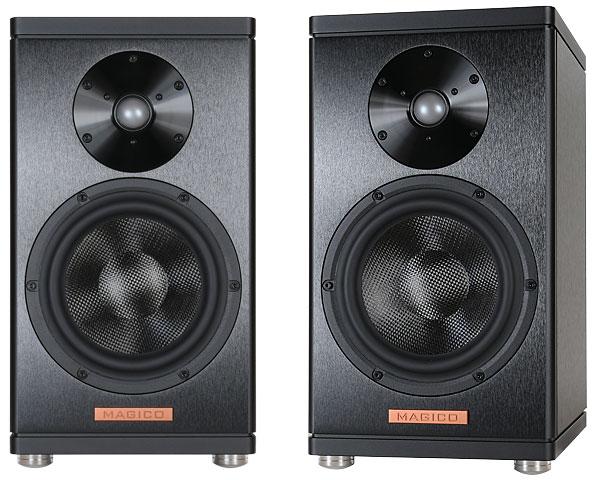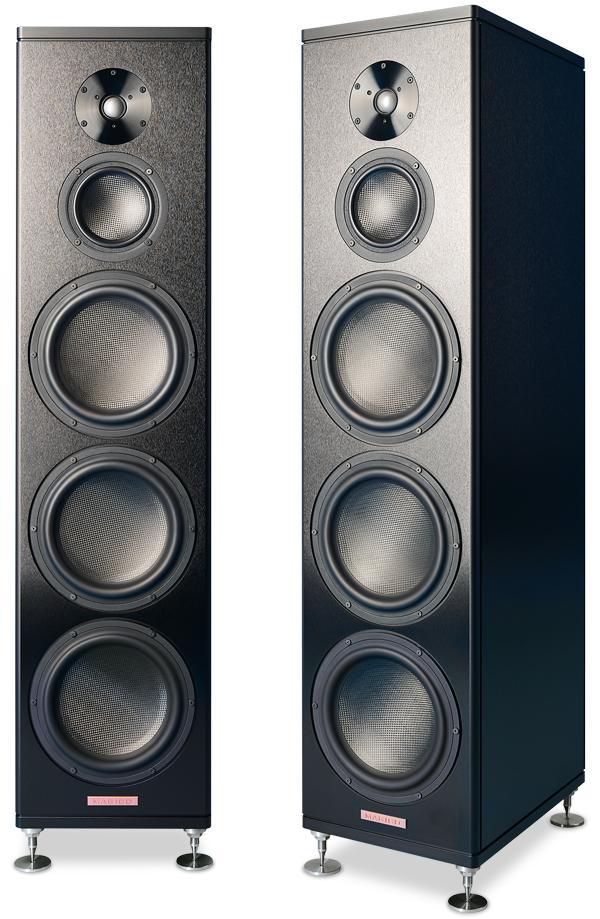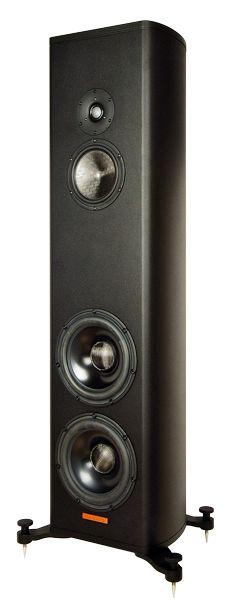Loudspeakers
Sort By: Post DateTitle Publish Date
|
Apr 08, 2020
|
Sep 17, 2021 |
First Published: May 01, 1999
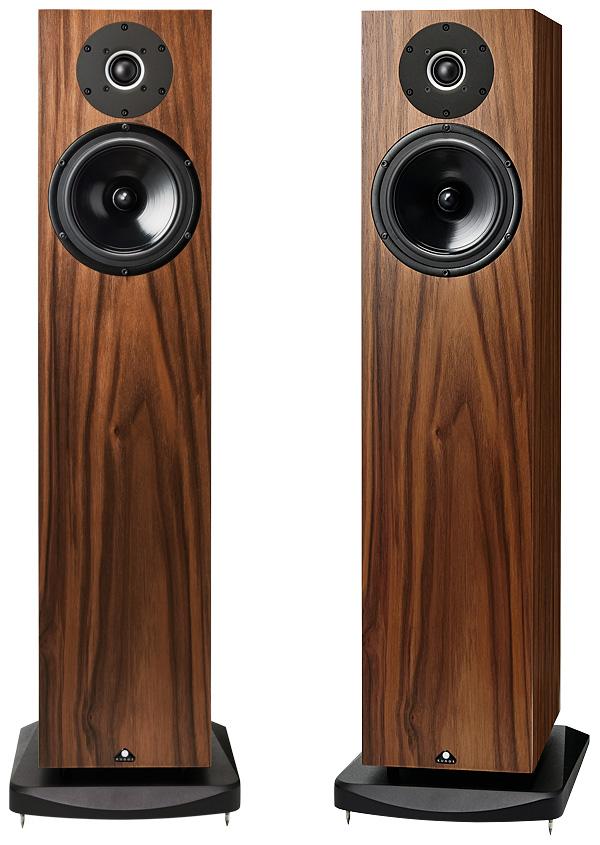
 Arguably the most durable model in the Kudos catalogue, the C20 has witnessed a graceful 12-year evolution
Arguably the most durable model in the Kudos catalogue, the C20 has witnessed a graceful 12-year evolution
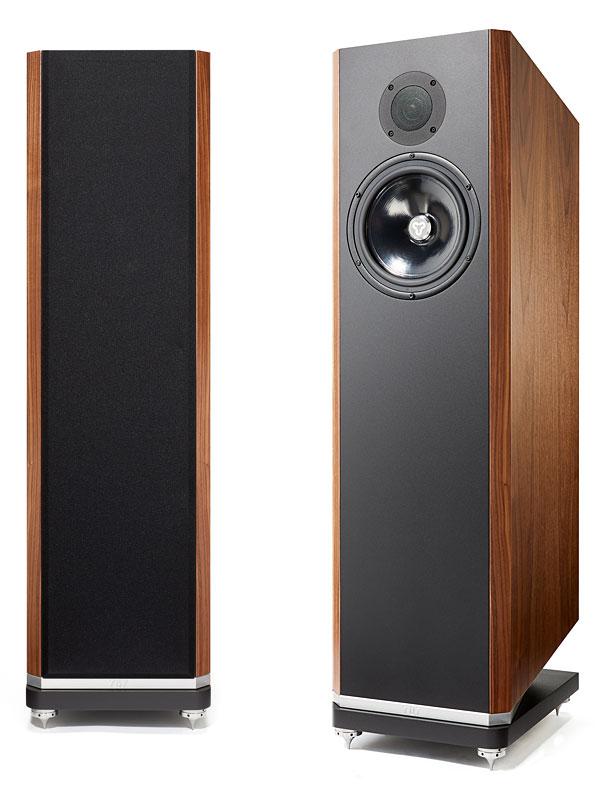
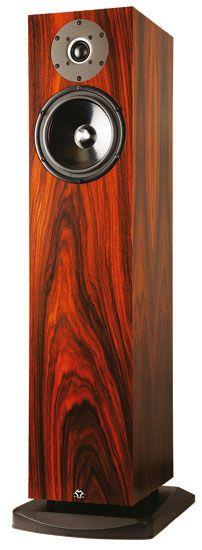
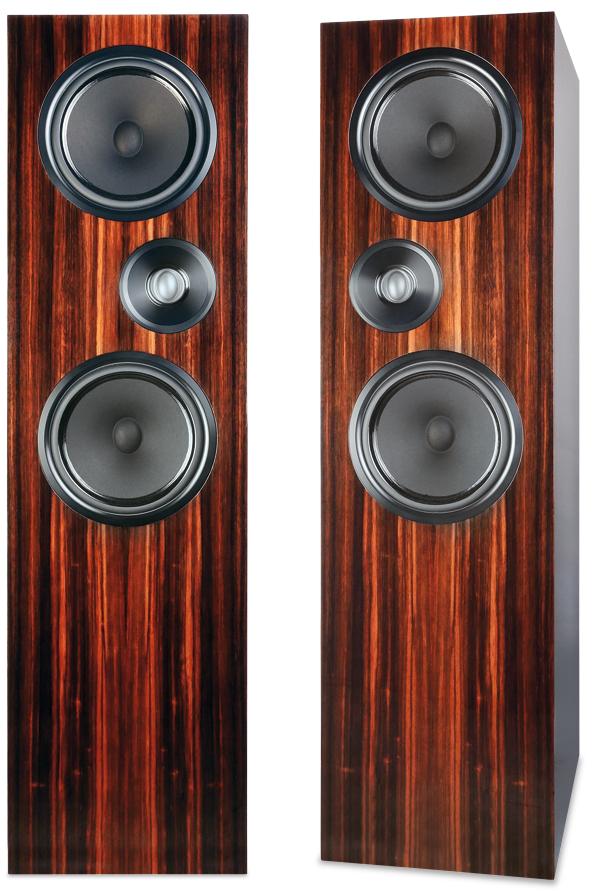
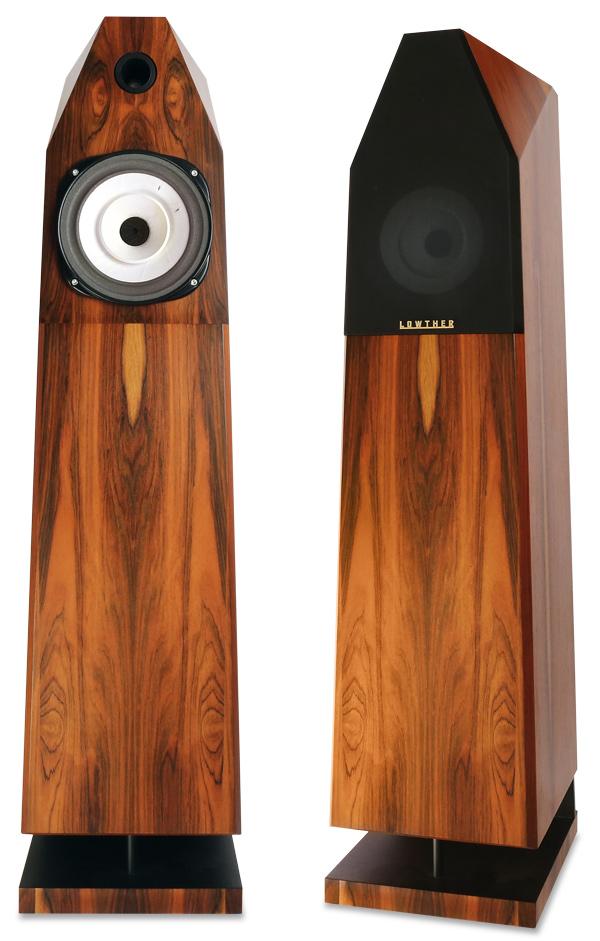
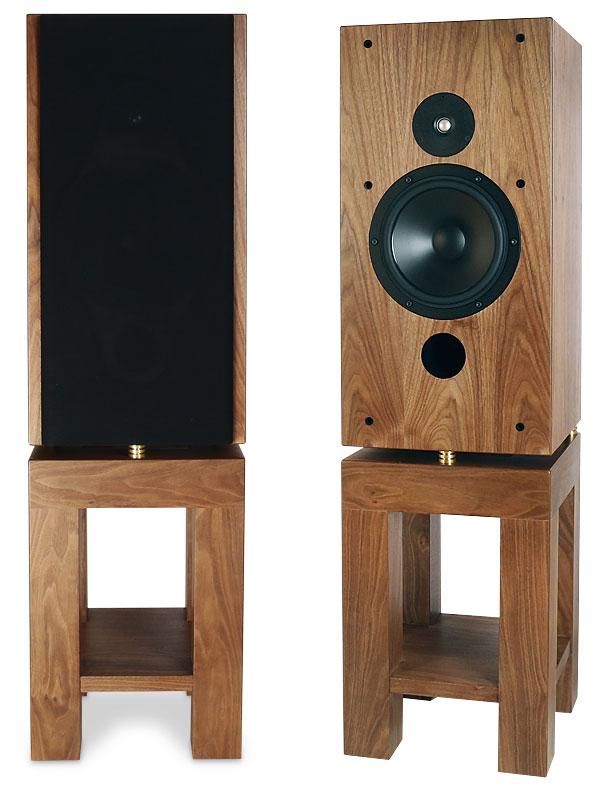
 Designed and handcrafted by the father and son team at Lu Kang Audio, the Spoey230 is the heavyweight flagship standmount of this artisan range from Taiwan's Taipei City
Designed and handcrafted by the father and son team at Lu Kang Audio, the Spoey230 is the heavyweight flagship standmount of this artisan range from Taiwan's Taipei City
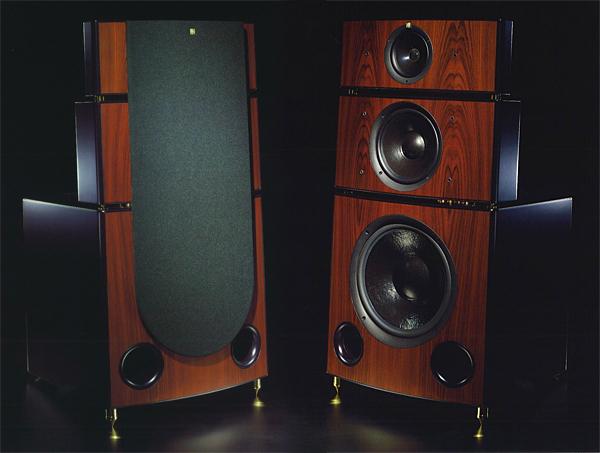
 Martin Colloms hears KEF's no-holds-barred flagship speaker, the R109
Martin Colloms hears KEF's no-holds-barred flagship speaker, the R109
